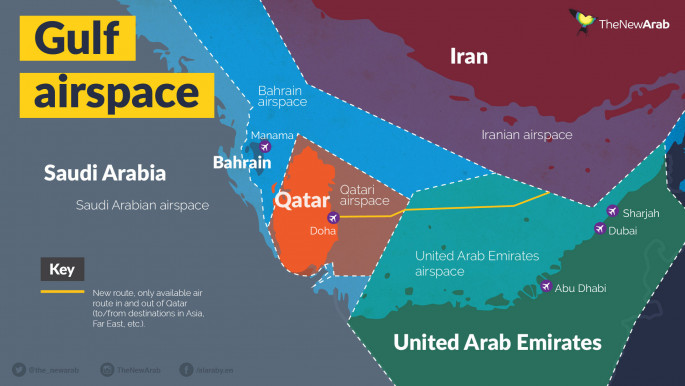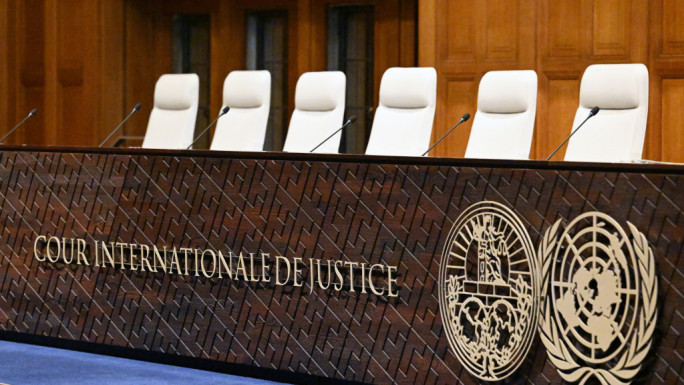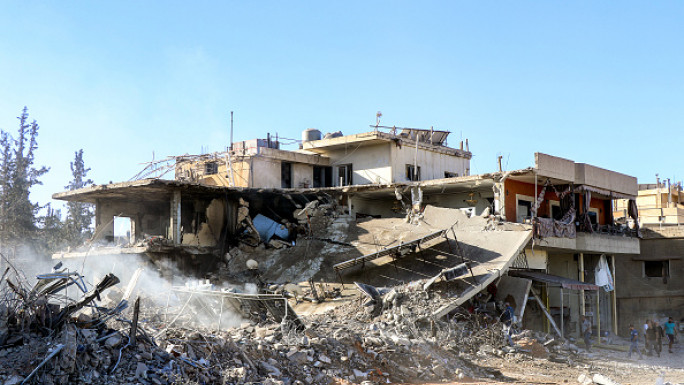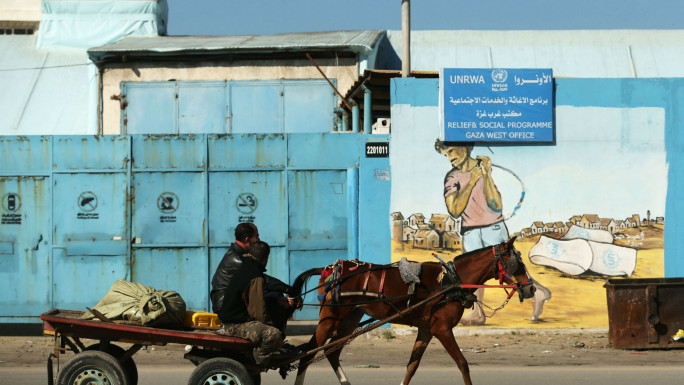
Reaching for the skies: Making Gulf airspace a virtual battleground tarnishes Middle East aviation industry
Airspace has been centre stage in the Saudi-led blockade of Qatar blockade, with enforcing states willingly ignoring treaties signed with the UN's ICAO aviation body which permit overflight - essentially allowing passenger aircraft to fly through a country's airspace, en route from one destination to another - and instead only offer limited air routes to Qatari-registered jets.
Blockading states are knowingly breaching this ICAO term: "A state may temporarily to restrict or prohibit flying over the whole or any part of its territory, on condition that such restriction or prohibition shall be applicable without distinction of nationality to aircraft of all other states."
As I have previously commented, it seems the blockade has exposed the weaknesses of ICAO's treaties - with very little enforcement, as yet.
Last week, Qatar filed a new complaint with the United Nations, reporting two violations of its own airspace by a United Arab Emirates (UAE) military jet in recent weeks.
Qatar filed the violations to the United Nations, and Sheikha Alia Ahmed bin Saif al-Thani, Qatar's UN representative, submitted a letter of complaint to the organisation's secretary-general in light of UAE's "repeated infringement" of Qatar's own airspace.
Qatar's airspace is small, and the most recent violation saw a military aircraft from the UAE fly near to Doha's Corniche area. Qatar immediately filed the breach with the United Nations, complete with co-ordinates, and highlighting that the UAE military jet was flying between two air-corridors - UL-768 and UM-600 - travelling west, before the jet touched down in Bahrain.
The violation of airspace lasted one minute, at a height of 33,000 feet above Qatar's exclusive economic zone.
 |
Airspace violations occur across the world, for example - Russian jets are often chased away from the UK by Royal Air Force Typhoons, and such an occurrence happened just this morning.
With the latest violation of Qatar's airspace, the situation has been handled "by the book" with the correct procedure initiated by Qatar, who immediately notified the relevant UN body.
In response, the UAE has denied that their military aircraft was ever near Doha, but has now decided to declare an airspace violation of its own.
News: Qatar denies intercepting UAE airliner
On Monday, the UAE announced via its state news agency that a "civilian airline aircraft" had been intercepted by Qatar fighter jets that morning, with the WAM news agency quoting the UAE's General Civil Aviation Authority (GCAA) as saying it had "received a complaint from one of the UAE's national carriers that one of its aircraft on a flight to Manama on a normal route had been intercepted by Qatari fighters".
Twitter Post
|
Not only would this alleged airspace violation be coincidently timely - given it comes just days after Qatar filed a formal complaint to the UN - but local UAE media are reporting the jet that was allegedly intercepted was an Emirates flight flying from Dubai to Bahrain - with Bahrain quickly condemning the alleged interception.
If indeed this violation happened - and a UAE civilian airliner really was "intercepted by Qatar" this morning - it would be expected of the UAE to alert the United Nations about the occurrence, in the same way Qatar did.
Furthermore, the airline involved would ordinarily come forward to confirm the interception, if only to reassure passengers - however, as of Monday afternoon, none of this has happened.
Twitter Post
|
UAE local media are reporting that the flight involved was the EK837 travelling between Dubai and Bahrain. But publicly available flight radar data shows no valid reason for any interception, nor does it show the flight path deviating, or, in fact, anything out of the ordinary - with this morning's flight route being an exact match of yesterday's, and the the day before, etc.
Emirates Airline has remained silent on the alleged situation, and the flight itself has been shown not to have entered Qatar's airspace.
 |
|
| Flight EK837 on Monday was a Boeing 777-200, which seats 266 passengers, yet not a single photo of its alleged interception by jet fighters has made its way online [Photo: Emirates] |
Even if an Emirates passenger jet had flown over Qatar, this wouldn't be grounds for an interception.
Unlike the UAE's skies, Qatar's airspace is still open to all aircraft for overflight - even aircraft originating from blockading states.
This is why the Abu Dhabi-based Etihad Airways routinely fly directly over Qatar each day. It's because Qatar is continuing to adhere to their signed ICAO agreements and treaties, and is therefore not prohibiting airspace access for any civilian aircraft - even of those from Saudi Arabia, the UAE and Bahrain.
The ICAO has even expressed their appreciation for Qatar adhering to treaties, and for working to encourage the safety and stability of the region.
Here for the long haul: How Qatar is overcoming the aviation blockade
With the UAE and Bahrain's latest allegations, the stability of the Gulf aviation region is continuing to decline, and the image of flying to, from or via the Middle East is being tarnished in what seems like a "tit for tat" tactic in airspace accusations.
With the the Middle East's aviation market set grow by five percent and see an extra 258 million passengers a year on routes to, from and within the region by 2035, according to IATA, the Gulf states should be working together to strengthen the aviation region of the Gulf as a whole, as such a dispute will only further discourage wary travellers away from the Gulf.
Alex Macheras is an aviation analyst, broadcasting on international networks including BBC News, Sky News and Al Jazeera. Macheras has covered the aviation side of the Gulf Crisis since June 2017.
Twitter: @AlexInAir
Opinions expressed in this article remain those of the author and do not necessarily represent those of The New Arab





 Follow the Middle East's top stories in English at The New Arab on Google News
Follow the Middle East's top stories in English at The New Arab on Google News


